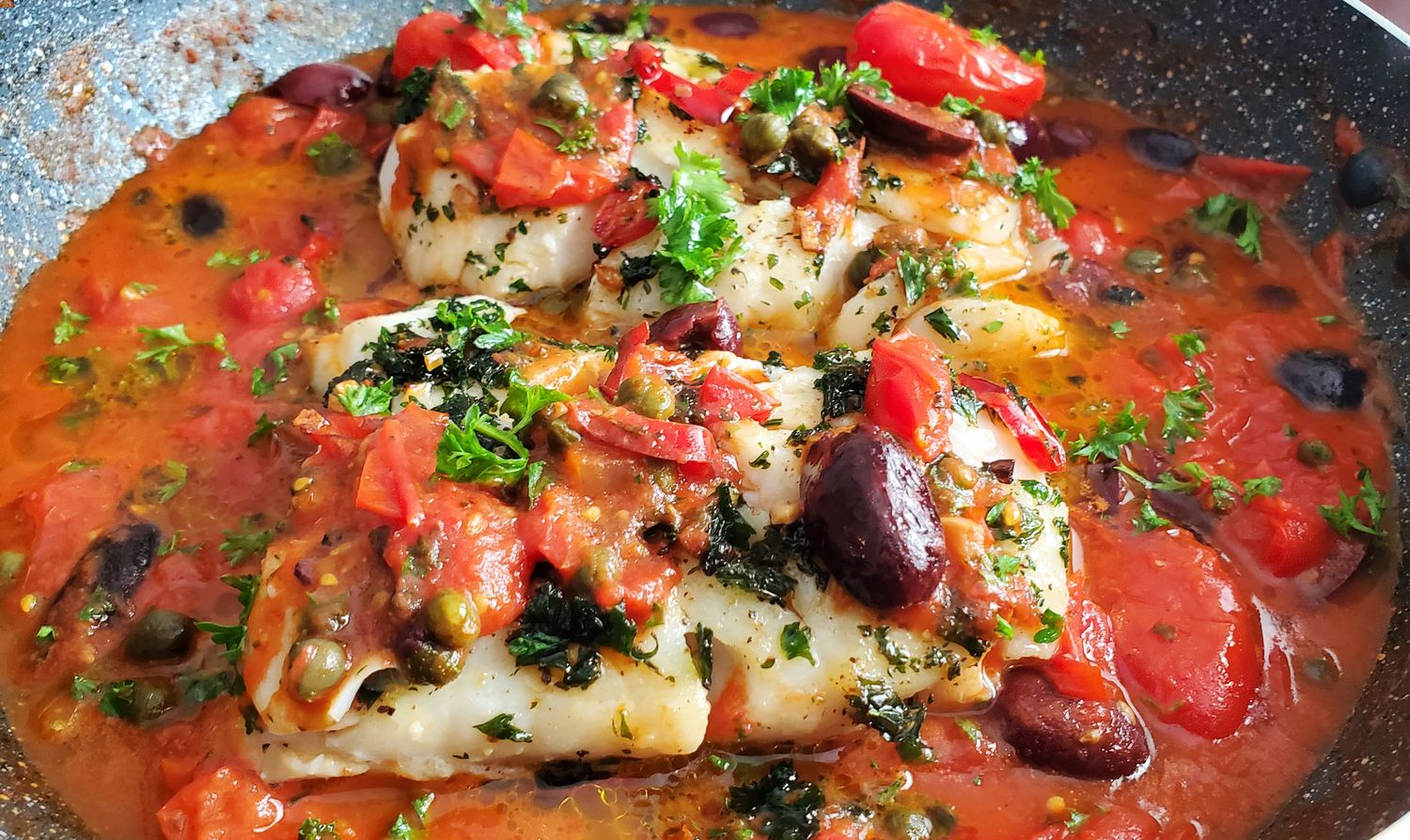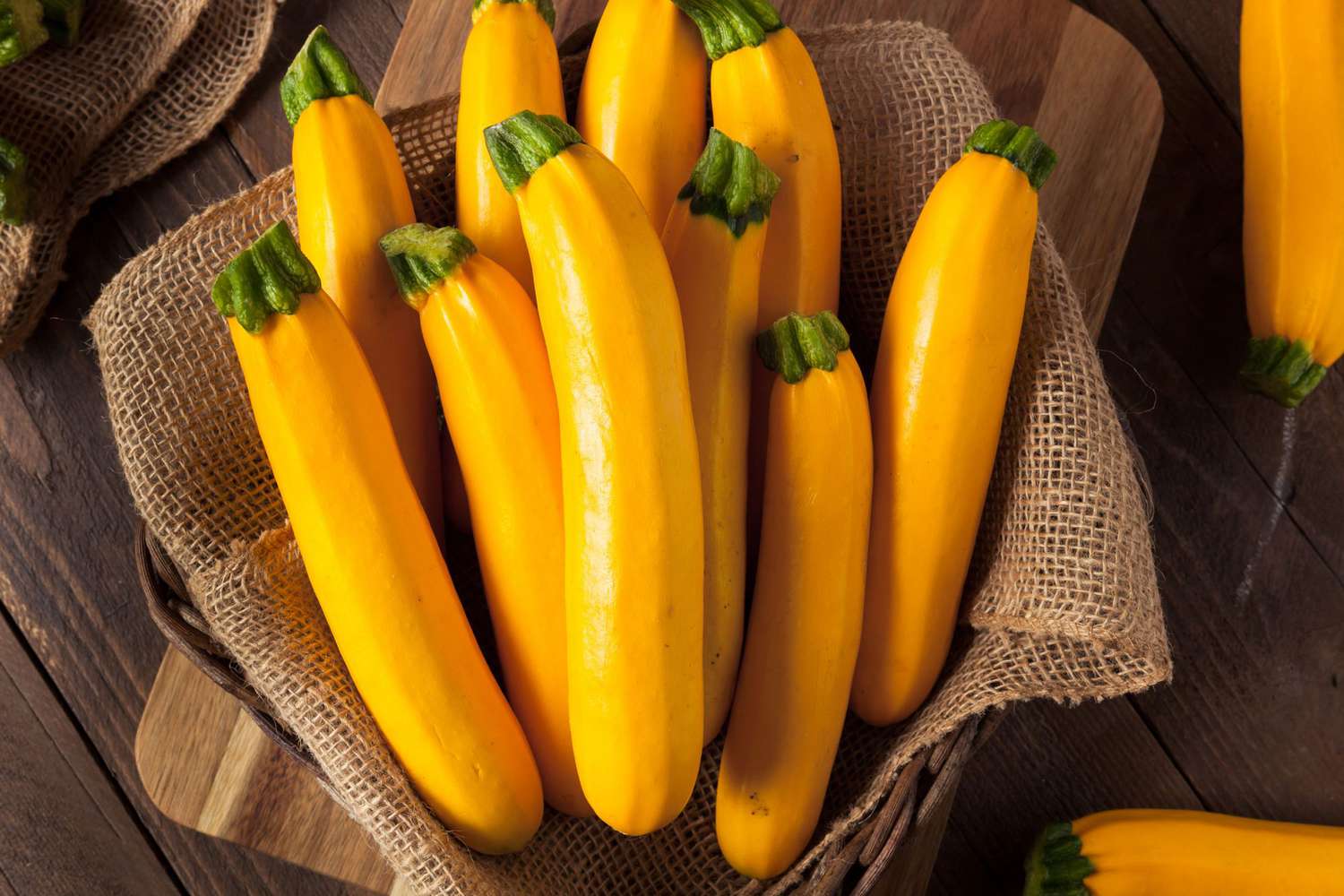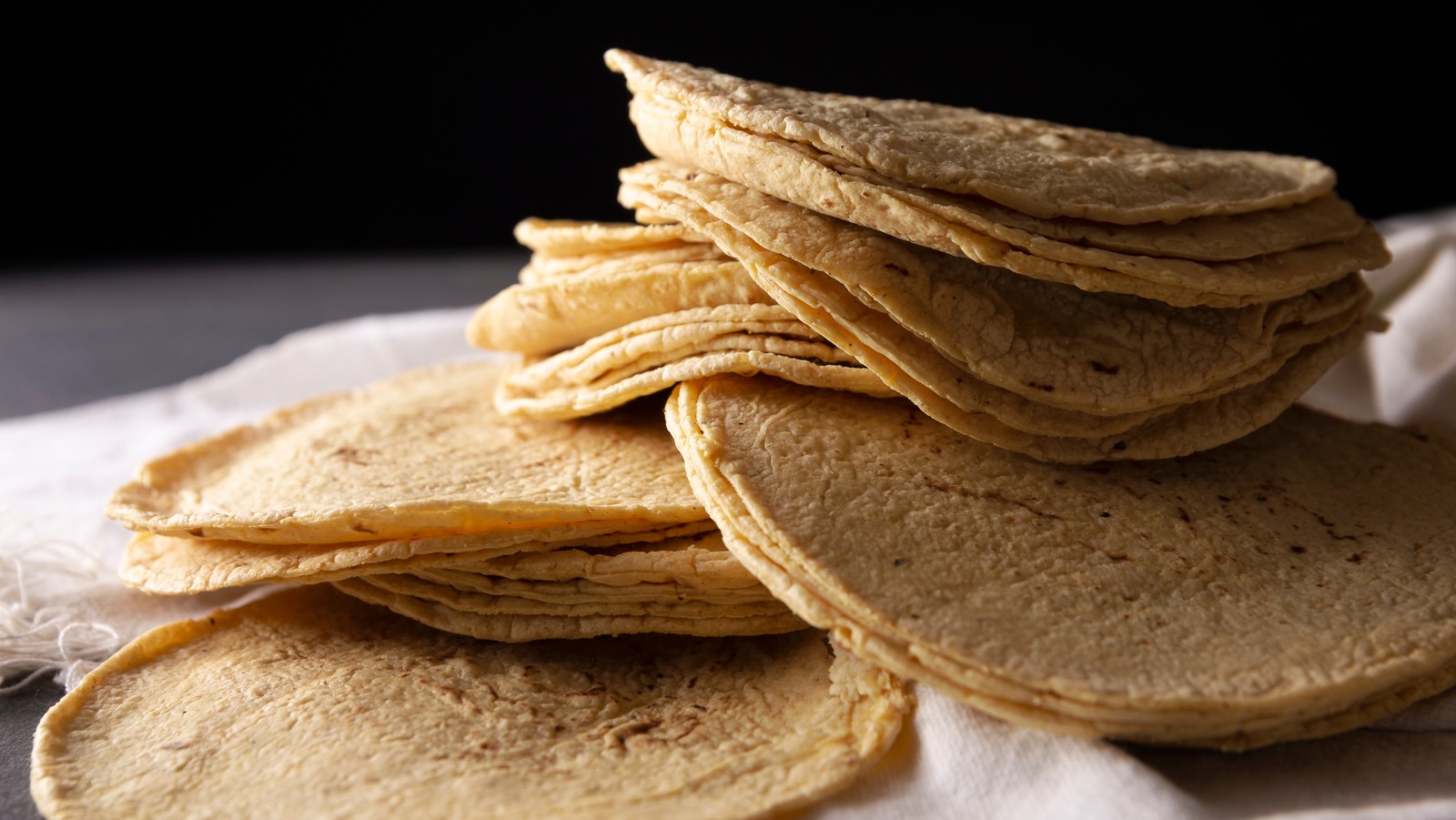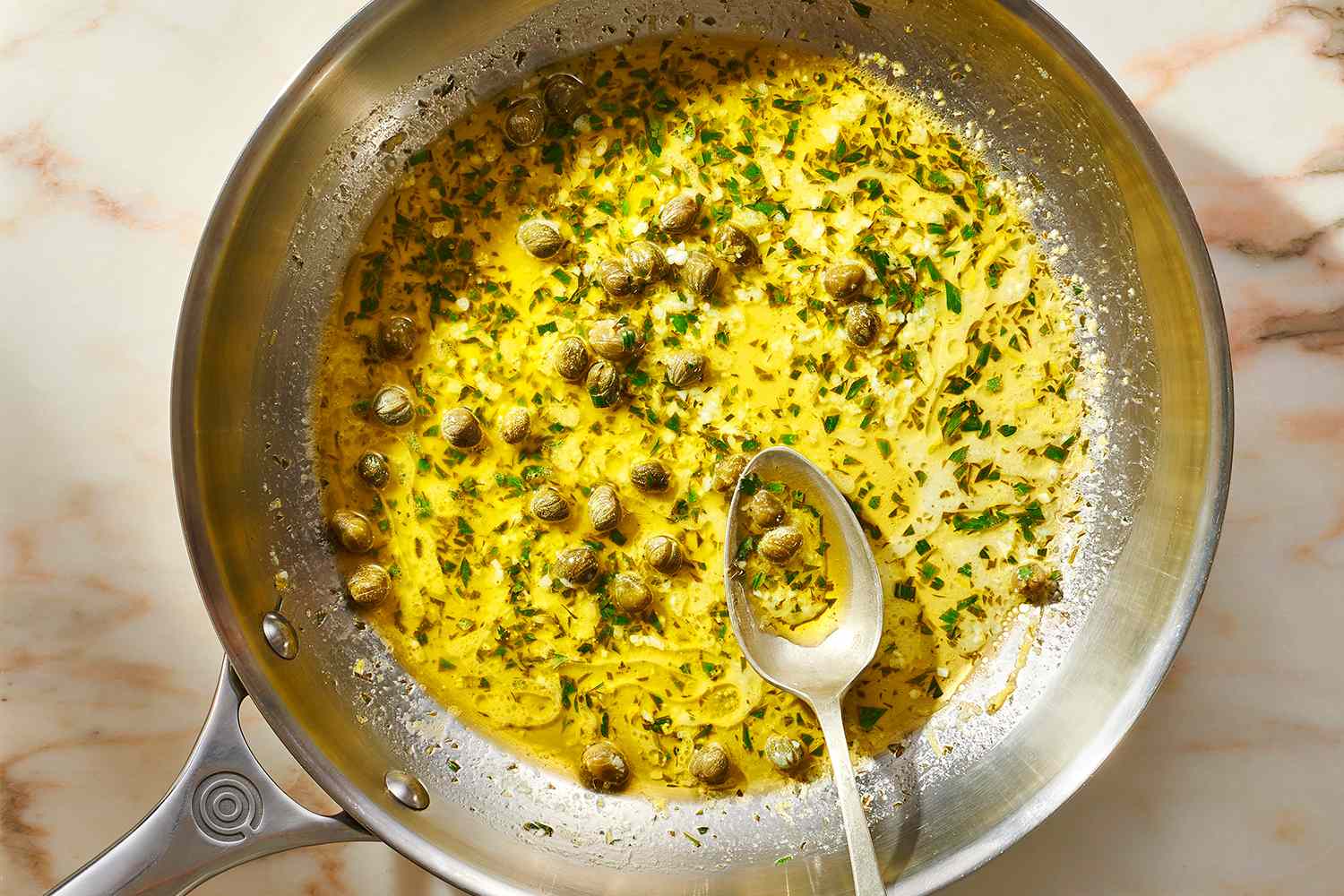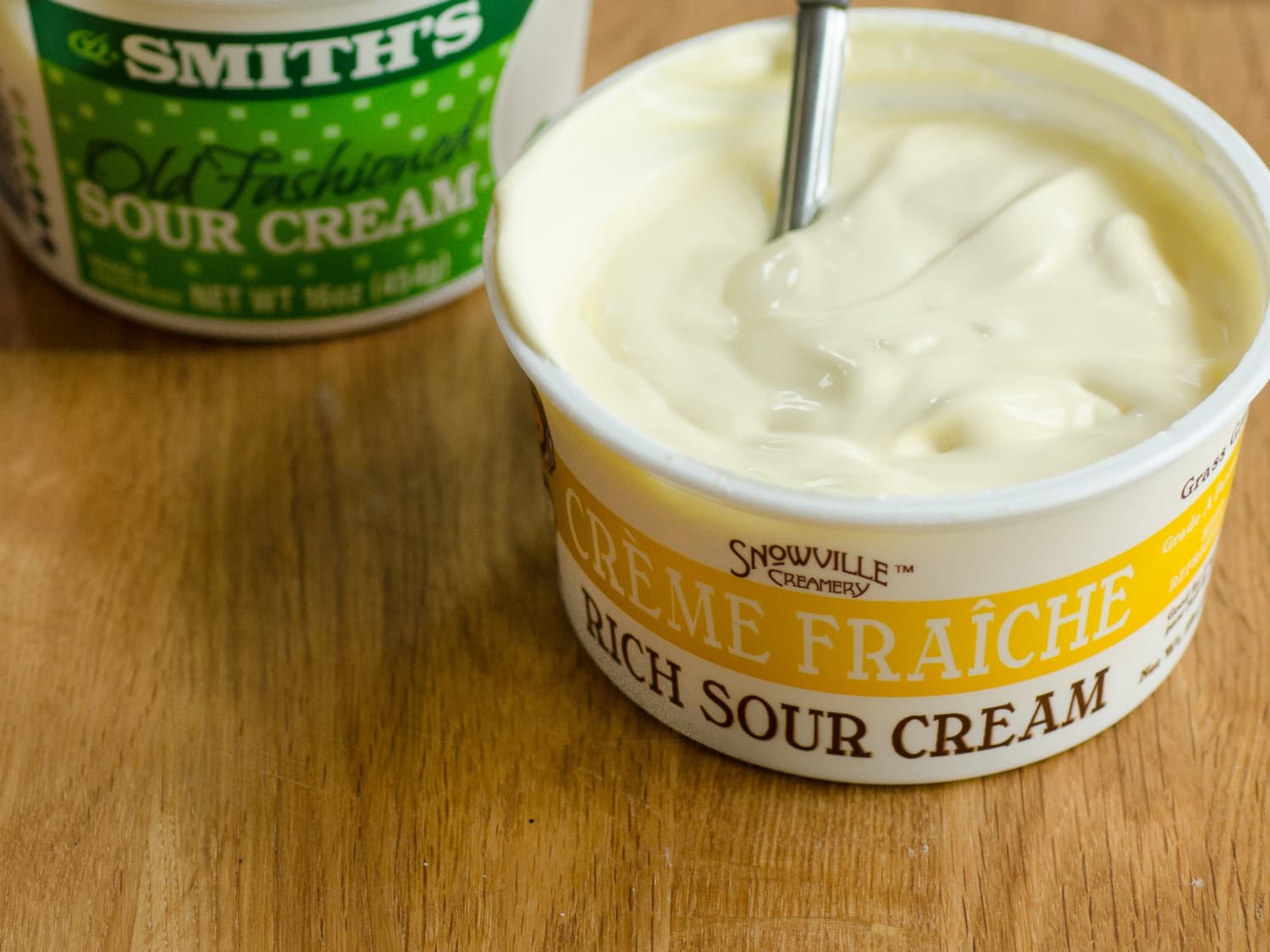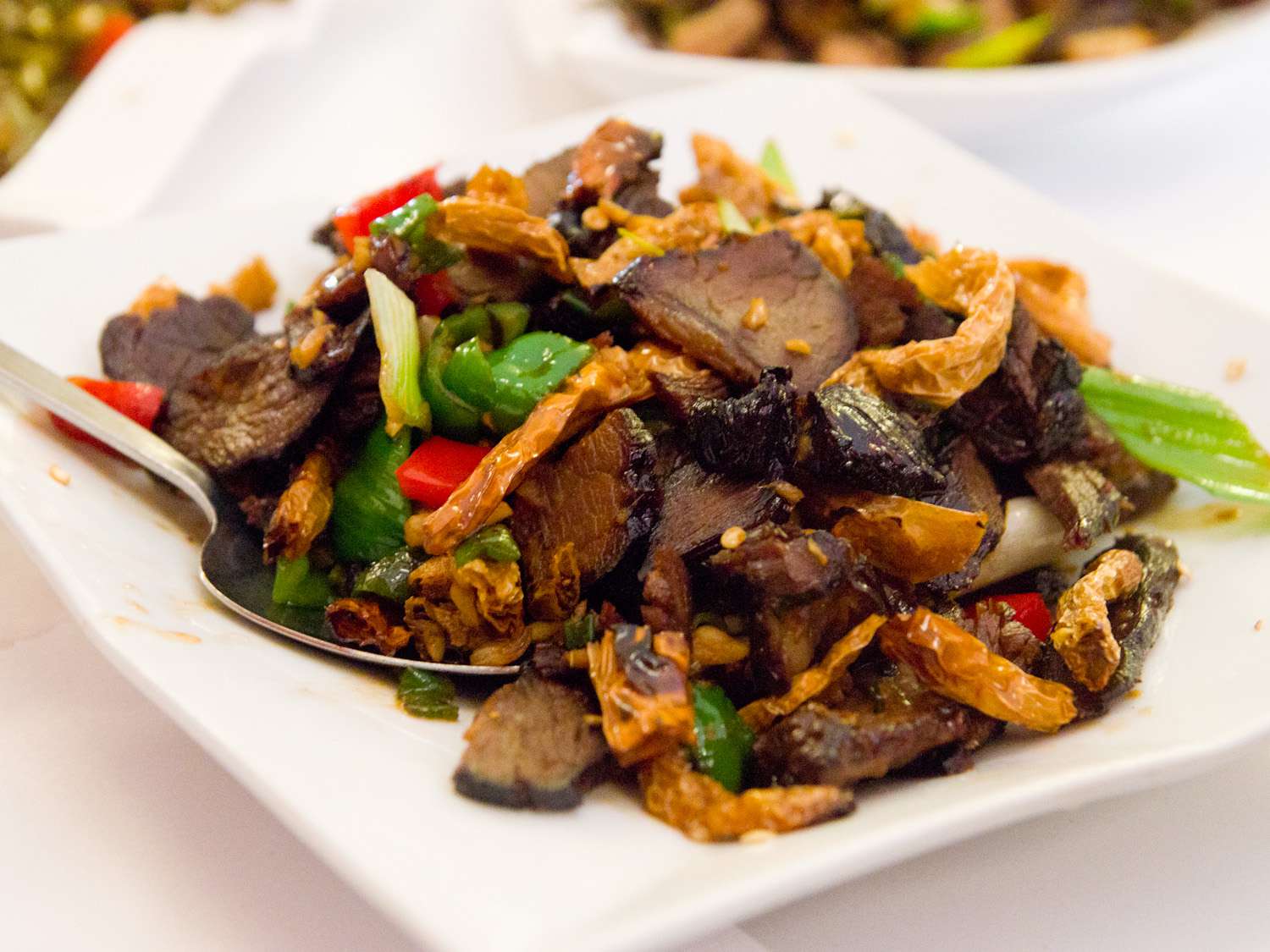Discovering the Spicy World of Peri-Peri
Have you ever heard of peri-peri and wondered what it is? Well, you’re in for a treat! Peri-peri, also known as piri-piri, is a type of chili pepper that is widely used in African and Portuguese cuisine. This small but mighty pepper packs a punch and adds a burst of flavor to any dish it’s added to.
The Origins of Peri-Peri
Peri-peri peppers are native to Mozambique and were introduced to the world by Portuguese explorers. The name “peri-peri” is derived from the Swahili word for “pepper,” and it has become a staple ingredient in many African and Portuguese dishes.
What Does Peri-Peri Taste Like?
Peri-peri peppers are known for their bold and fiery flavor. They have a distinct heat that is complemented by a hint of tanginess and a subtle smokiness. The flavor profile of peri-peri peppers makes them a popular choice for adding a spicy kick to marinades, sauces, and rubs.
How Is Peri-Peri Used in Cooking?
Peri-peri peppers are incredibly versatile and can be used in a variety of ways in the kitchen. Here are some popular uses for peri-peri:
- Marinades: Peri-peri peppers are often used to make spicy marinades for grilling or roasting meats.
- Sauces: Peri-peri sauce is a popular condiment made from peri-peri peppers, garlic, oil, and vinegar. It can be used as a dipping sauce or drizzled over grilled chicken or seafood.
- Rubs: Ground peri-peri peppers can be used to make flavorful rubs for meats and vegetables.
- Seasoning: Peri-peri powder is a great way to add heat and flavor to dishes without the need for chopping or mincing fresh peppers.
Health Benefits of Peri-Peri
In addition to its fiery flavor, peri-peri peppers also offer some health benefits. They are rich in capsaicin, which is known for its anti-inflammatory and metabolism-boosting properties. Capsaicin is also believed to have pain-relieving properties and may help with appetite control.
Where Can You Find Peri-Peri?
Peri-peri peppers and peri-peri products can be found in specialty grocery stores, international markets, and online retailers. If you’re feeling adventurous, you can even try growing your own peri-peri peppers at home!
In Conclusion
Peri-peri is a spicy and flavorful chili pepper that has made its mark on the culinary world. Whether you’re a fan of fiery foods or just looking to spice up your meals, peri-peri is definitely worth exploring. From marinades to sauces, this versatile pepper adds a delicious kick to a wide range of dishes. So, why not give peri-peri a try and add some heat to your next culinary creation?



